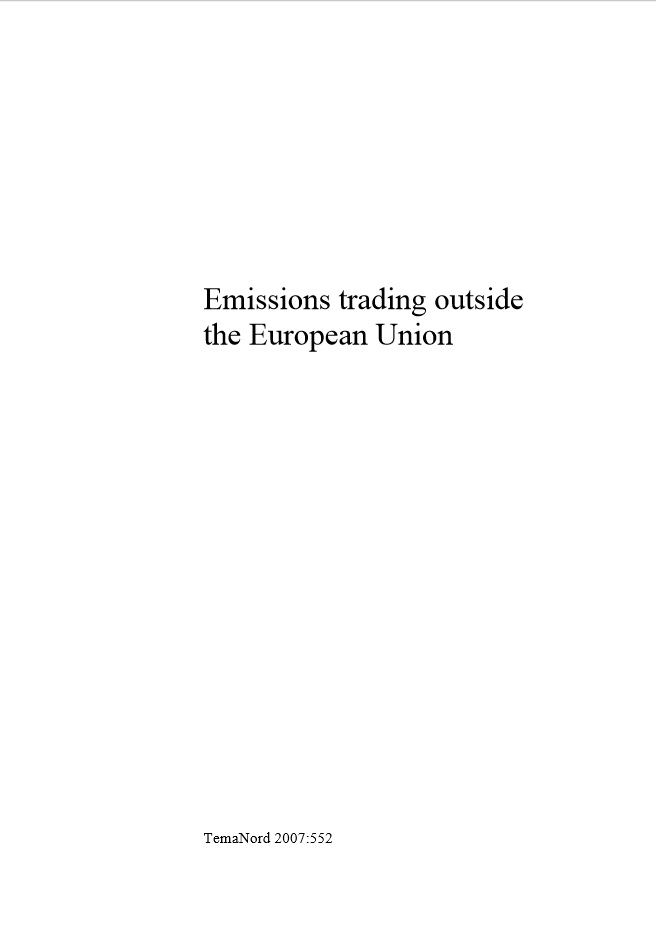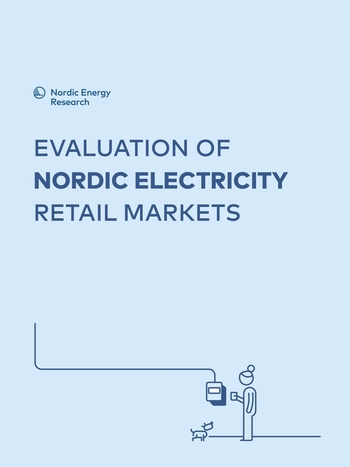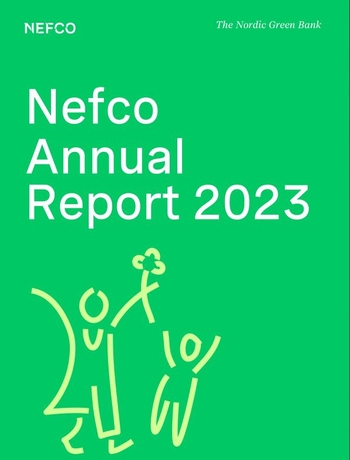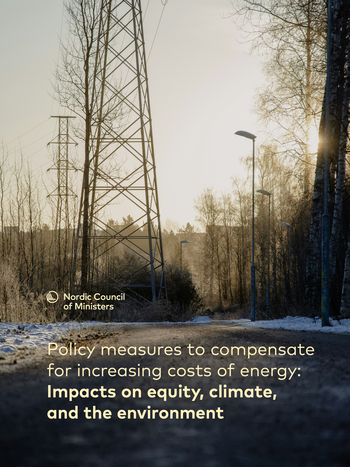Emissions trading outside the European Union

Information
Publish date
Abstract
The global market for greenhouse gas emission allowances and emission reductions has grown fast since the beginning of 2005. In the beginning of 2005 the European Union Emissions Trading Scheme (EU ETS) started, setting a GHG emission cap for installations in certain sectors, and allowing these companies to trade among themselves with emission allowances. Other countries are also implementing or planning to implement greenhouse gas emissions trading schemes. The most notable plans are currently in Canada, Japan, the RGGI initiative in the Northeast and Mid-Atlantic States of the USA and in the State of California and four other western states. The underlying asset in the carbon markets is greenhouse emissions and trading schemes can be linked directly or indirectly to each other. The objective of this report is to explore the current state of selected operational and planned greenhouse gas emissions trading schemes globally, to evaluate the compatibility with the EU ETS, and to assess preconditions for linking the schemes. Previous studies on linking are reviewed from the Nordic perspective. In addition the impact of linking state level greenhouse gas emissions trading schemes in the USA on the international carbon markets is discussed.
Publication number
2007:552




